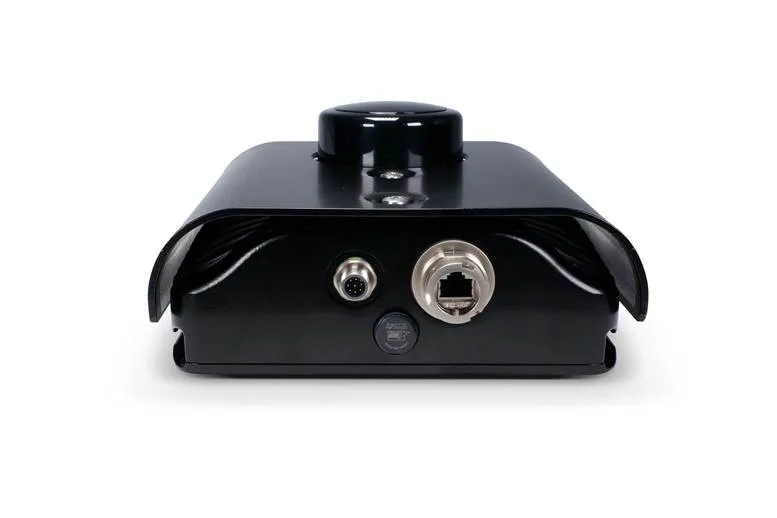The London Borough of Hillingdon is to enforce heavy goods vehicle (HGV) weight restrictions using the latest unattended digital CCTV-based hosted system from traffic enforcement and management solutions supplier Videalert.
The unattended system is being delivered as a fully managed service and will enforce weight restriction contraventions which apply to HGVs exceeding 7.5 tonnes on designated roads.
October 6, 2015
Read time: 2 mins
The London Borough of Hillingdon is to enforce heavy goods vehicle (HGV) weight restrictions using the latest unattended digital CCTV-based hosted system from traffic enforcement and management solutions supplier 7513 Videalert.
The unattended system is being delivered as a fully managed service and will enforce weight restriction contraventions which apply to HGVs exceeding 7.5 tonnes on designated roads.
The limits apply to the maximum permitted weight of vehicles so empty HGVs or those with part-loads are still subject to the prohibitions. White lists enable ‘except for access’ clauses to permit HGV access to local shops, businesses, residential properties for deliveries/removals, etc.
Automatic number plate recognition (ANPR) is used in conjunction with video analytics to capture vehicles that disregard the stated weight restrictions. Contraventions are automatically captured and transferred to the hosted server platform without using any council IT infrastructure or communications networks. Evidence packs are remotely reviewed and processed by the council’s enforcement contractor staff using standard web browsers before confirmed offences are sent to the PCN back office system for processing.
According to Videalert, this is the first system to be delivered using CEaaS, the innovative Civil Enforcement as a Service solution that utilises the Videalert’s DfT Manufacturer Certified hosted platform, and will play an important role in improving road safety across the borough.
CEaaS includes the planning, supply, installation, commissioning and ongoing maintenance of all necessary on-street equipment such as the latest digital cameras and all associated communications connectivity. It allows the equipment to be moved and relocated as required to meet Hillingdon’s tactical requirements.
The unattended system is being delivered as a fully managed service and will enforce weight restriction contraventions which apply to HGVs exceeding 7.5 tonnes on designated roads.
The limits apply to the maximum permitted weight of vehicles so empty HGVs or those with part-loads are still subject to the prohibitions. White lists enable ‘except for access’ clauses to permit HGV access to local shops, businesses, residential properties for deliveries/removals, etc.
Automatic number plate recognition (ANPR) is used in conjunction with video analytics to capture vehicles that disregard the stated weight restrictions. Contraventions are automatically captured and transferred to the hosted server platform without using any council IT infrastructure or communications networks. Evidence packs are remotely reviewed and processed by the council’s enforcement contractor staff using standard web browsers before confirmed offences are sent to the PCN back office system for processing.
According to Videalert, this is the first system to be delivered using CEaaS, the innovative Civil Enforcement as a Service solution that utilises the Videalert’s DfT Manufacturer Certified hosted platform, and will play an important role in improving road safety across the borough.
CEaaS includes the planning, supply, installation, commissioning and ongoing maintenance of all necessary on-street equipment such as the latest digital cameras and all associated communications connectivity. It allows the equipment to be moved and relocated as required to meet Hillingdon’s tactical requirements.










